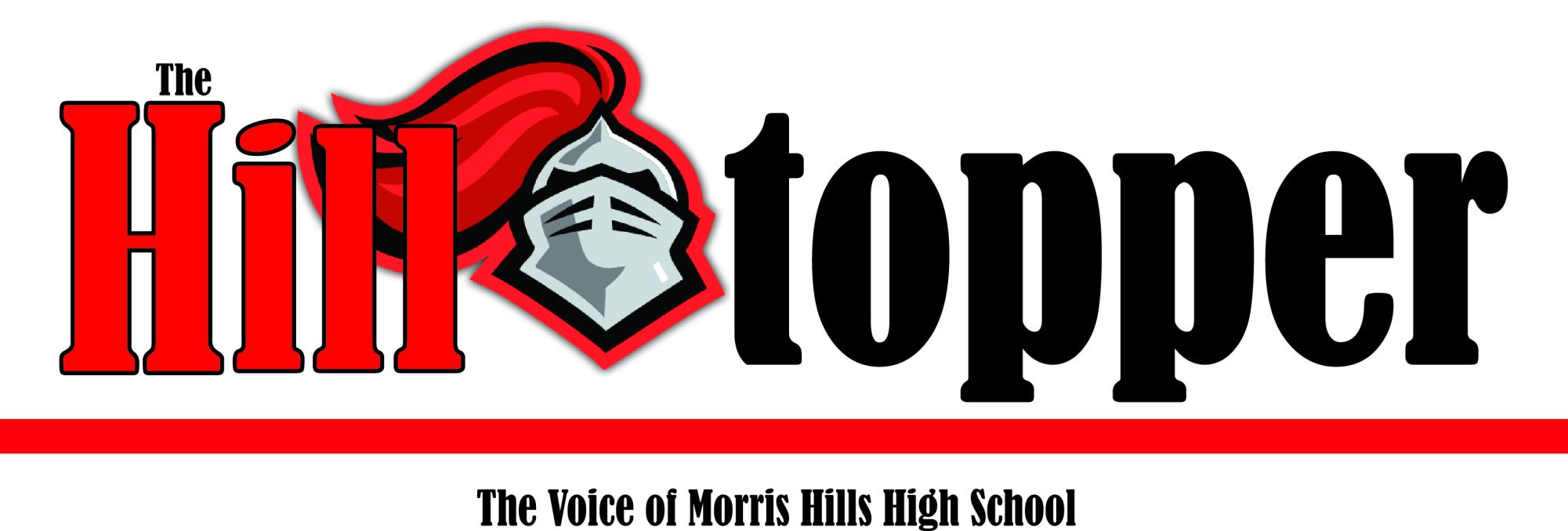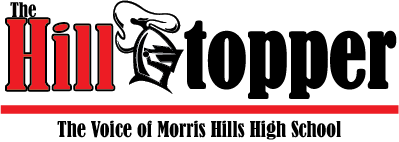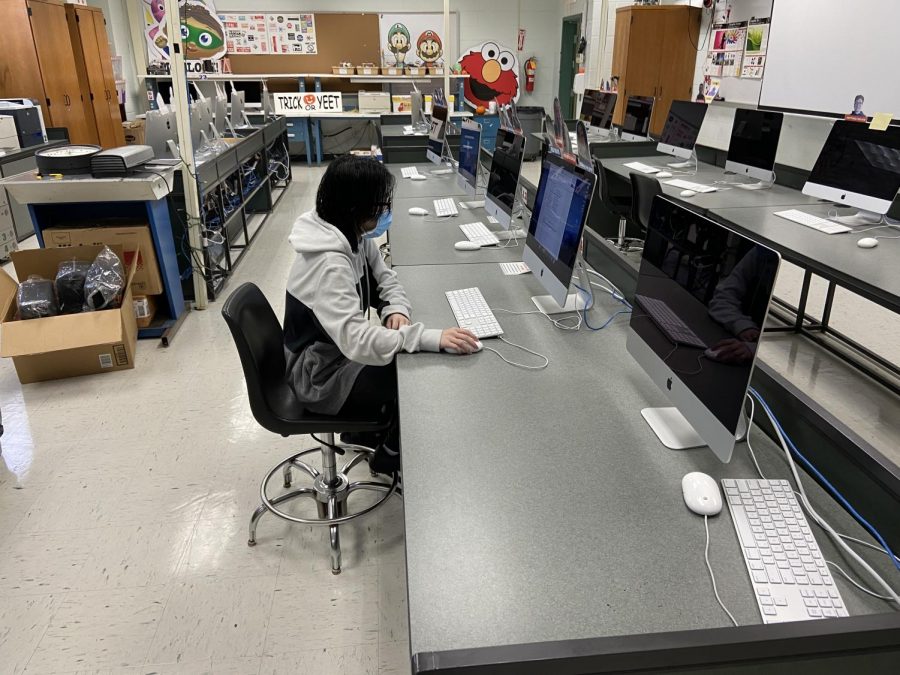MH Teachers and Students Adapt to New Schedule
Among the chaos and unprecedented nature of the COVID-19 outbreak, the Morris Hills Regional District has attempted to maintain some form of stability through the hybrid model. School closures have affected over 500 million students worldwide – about one third of total enrolled learners, as reported by UNESCO. The hybrid model has been implemented in the Morris Hills Regional District as a means of maintaining typical in-person education, while also following public health guidelines and attempting to restrict the spread of COVID-19. The student body is divided into two cohorts, with cohort one given the option to attend in person classes on Tuesday and Wednesday, and cohort two given the option for Thursday and Friday. “Flex” Mondays consist of a twenty minute block for each class, where teachers and students alike are virtual. As per Governor Murphy’s recommendations, approximately 400 school districts, nearly half of the total, began the school year with this hybrid model.
Teachers are using a wide variety of resources for the hybrid model. With the students divided between virtual and in-person, teachers are attempting to teach each group simultaneously. Last school year, virtual learning for MHRD primarily revolved around Google Suite, as classes were already linked to Google Classroom, and video conferencing was done through Google Meet. The addition of Zoom in place of Google Meet has been instrumental in uniting virtual and in-person students and has significantly changed teaching styles. According to Neil Charles, Supervisor of Technology Services, the switch to Zoom was made because Zoom met the school’s requirements in “feature sets, bandwidth requirements, scalability, user friendliness, and functionality.” In addition, utilizing Zoom served as an investment for the future because, “Zoom has also been pouring more into development into their product than most vendors because it’s their core business.”
Breakout rooms allow students to work collaboratively in small groups. “The biggest advantage [Zoom has] is that they allow the teacher to help small groups of students without disrupting the workflow of the entire class,” said Mrs. Niemo, a science teacher. She added that Zoom has helped “bridge the gap between students at home and students in the room.” Dual monitors have become increasingly popular, as they allow teachers to speak to students on Zoom on one device, while working on the other device.
Another new resource used by numerous teachers is Nearpod, which allows teachers to present interactive slides. The addition of Nearpod has been instrumental in ensuring that students obtain a proper understanding of the lesson, as students can respond to questions in the presentation. Senior Gustavo Quintero noted that “Nearpod has been especially helpful for taking notes. It allows me to take notes directly on the site and upload them to my Google Drive. I also like the feature that allows me to anonymously respond to questions.” This interactive feature makes it possible for students to engage in learning, as opposed to listening to lectures and taking notes on their own.
The hybrid model has not been all smooth sailing, however. A problem with the ventilation caused a two week closure for the district. MERV 8 filters, which met guidelines recommended by the NJDOE Road to Recovery, were supposed to be installed in the univents in the classrooms. However, it was later revealed that the Board of Education received false information regarding the filters–MERV 2 filters were installed, instead of MERV 8. Although local Health Department officials noted there was not a significant difference between the two filters in regards to COVID-19 and the Health Department did not instruct a closure, MHRD implemented an all virtual schedule for two weeks, starting September 12. Students were instructed to stay at home, while some teachers remained in person to teach. The two week absence of students was certainly an unprecedented change, as teachers had to adapt to a fully virtual schedule, with almost no warning. The virtual schedule included 60 minute classes, with 5 minute breaks in between each class, in addition to a 42 minute lunch break from 10:15 to 10:52. Flex Mondays remained part of the all virtual schedule to keep A and B days consistent.
A few weeks later, on October 27, a reported case in MHRD was brought to light, causing another closure till November 10. This time, however, students and faculty alike were instructed to stay home and follow the hybrid model.
Another unprecedented closure brought about even more changes. Starting November 16, Mondays will no longer follow the Flex Monday schedule, but rather follow the hybrid schedule, with all students virtual. Dr. Toriellio and the MHRD administration implemented this change because they “wanted to increase the amount of instructional time for our teachers and for our students.” Morris Hills will follow a typical A/B schedule with the hybrid model, allowing teachers and students to spend more time in the classroom. Although the hybrid model is ever changing, Dr. Toriello believes, “we have established a model that best fits the conditions we are operating under, keeping the safety and health of everyone as paramount.”
As the danger of COVID-19 remains a constant threat to our education and well-being, adaptability and unity are more necessary than ever. Each obstacle faced by students and faculty has caused unexpected changes thus far and more changes will likely occur in the future. Through these unforeseen circumstances, MHRD has shown its true colors and, as stated by Dr. Toriello, “the courage we have as the Morris Hills High School family.”


